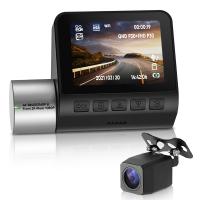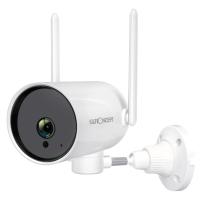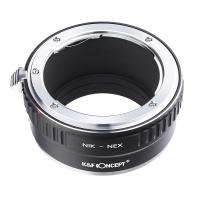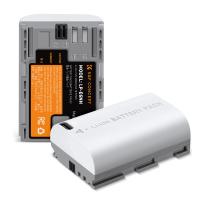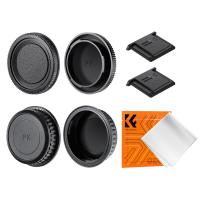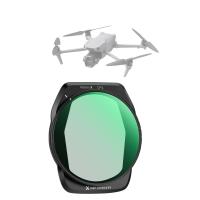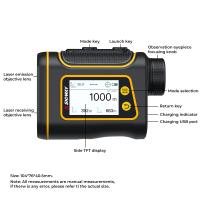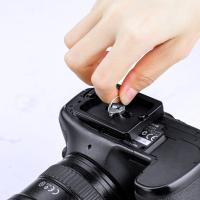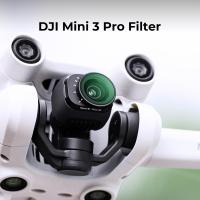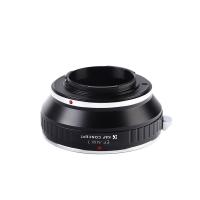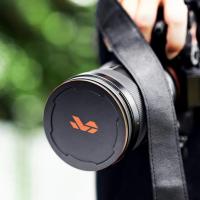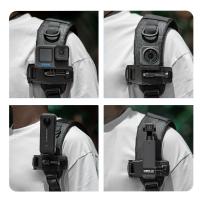What Does Rangefinder Camera Mean ?
A rangefinder camera is a type of camera that uses a rangefinder mechanism to measure the distance between the camera and the subject being photographed. This mechanism typically consists of a split-image rangefinder that allows the photographer to align two images of the subject, which then provides an accurate measurement of the distance. Rangefinder cameras are known for their compact size, quiet operation, and ability to capture high-quality images. They were popular in the mid-20th century and are still used by some photographers today, particularly in street photography and documentary photography.
1、 History of rangefinder cameras
Rangefinder cameras are a type of camera that uses a rangefinder mechanism to measure the distance between the camera and the subject being photographed. This mechanism allows the photographer to accurately focus the camera on the subject, resulting in sharp and clear images.
The history of rangefinder cameras dates back to the early 1900s when they were first introduced by companies such as Leica and Zeiss. These cameras quickly gained popularity among photographers due to their compact size, ease of use, and high-quality optics.
Over the years, rangefinder cameras have undergone several changes and improvements. In the 1950s and 1960s, they became even more popular with the introduction of models such as the Leica M3 and the Canon P. These cameras featured improved viewfinders and faster shutter speeds, making them even more versatile and useful for photographers.
Today, rangefinder cameras are still used by many photographers, particularly those who prefer the unique shooting experience they offer. While digital cameras have largely replaced film-based rangefinders, there are still several companies that produce high-quality digital rangefinder cameras, such as Leica and Fujifilm.
In recent years, there has been a renewed interest in rangefinder cameras among younger photographers who appreciate their simplicity and the unique look and feel of the images they produce. As a result, many camera manufacturers have started to produce new rangefinder models, ensuring that this classic type of camera will continue to be a popular choice for years to come.
2、 How rangefinder cameras work
Rangefinder cameras are a type of camera that uses a rangefinder mechanism to measure the distance between the camera and the subject being photographed. This mechanism allows the photographer to accurately focus the camera on the subject, resulting in sharp and clear images.
The rangefinder mechanism works by using two separate viewfinders, one for framing the image and the other for focusing. The photographer looks through the framing viewfinder to compose the shot, while a second viewfinder is used to focus the camera. The two viewfinders are linked by a rangefinder mechanism that measures the distance between the camera and the subject. The photographer adjusts the focus until the two images in the viewfinders are aligned, indicating that the subject is in focus.
Rangefinder cameras were first introduced in the early 20th century and were popular among professional photographers for their accuracy and compact size. Today, rangefinder cameras are still used by some photographers, particularly those who prefer the unique shooting experience and aesthetic that they offer.
In recent years, there has been a resurgence of interest in rangefinder cameras, with some manufacturers introducing new models and others updating classic designs. While digital cameras have largely replaced film cameras, there is still a market for rangefinder cameras among photographers who value their unique features and shooting experience.
3、 Advantages of rangefinder cameras
What does rangefinder camera mean?
A rangefinder camera is a type of camera that uses a rangefinder mechanism to measure the distance between the camera and the subject being photographed. This mechanism allows the photographer to focus the camera accurately and quickly, making it a popular choice for street and documentary photography.
Advantages of rangefinder cameras:
1. Compact and Lightweight: Rangefinder cameras are typically smaller and lighter than other types of cameras, making them easy to carry around and use for extended periods of time.
2. Quiet Operation: Rangefinder cameras are known for their quiet operation, which makes them ideal for street photography and other situations where discretion is important.
3. Accurate Focusing: The rangefinder mechanism allows for accurate and quick focusing, even in low light conditions.
4. Wide Angle Lenses: Rangefinder cameras are known for their ability to use wide angle lenses, which can be difficult to use with other types of cameras.
5. Unique Perspective: The rangefinder viewfinder provides a unique perspective that can be useful for composition and framing.
6. Manual Controls: Rangefinder cameras typically have manual controls for aperture, shutter speed, and focus, giving the photographer more control over the final image.
7. Longevity: Rangefinder cameras are often built to last, with durable construction and high-quality materials.
The latest point of view on rangefinder cameras is that they offer a unique shooting experience that cannot be replicated with other types of cameras. While they may not have all the latest features and technology, they offer a simplicity and elegance that many photographers find appealing. Additionally, the compact size and quiet operation of rangefinder cameras make them ideal for street photography and other situations where discretion is important. Overall, rangefinder cameras are a great choice for photographers who value accuracy, simplicity, and a unique shooting experience.
4、 Disadvantages of rangefinder cameras
What does rangefinder camera mean?
A rangefinder camera is a type of camera that uses a rangefinder mechanism to measure the distance between the camera and the subject being photographed. This mechanism allows the photographer to focus the camera accurately and quickly, making it a popular choice for street and documentary photography.
Disadvantages of rangefinder cameras:
1. Limited lens selection: Rangefinder cameras typically have a limited selection of lenses available, which can be a disadvantage for photographers who require a wide range of focal lengths.
2. Parallax error: Rangefinder cameras suffer from parallax error, which means that the viewfinder does not show exactly what the lens sees. This can make it difficult to frame shots accurately, especially at close distances.
3. Limited close focusing: Rangefinder cameras are not well-suited for close-up photography, as they typically have limited close-focusing capabilities.
4. Limited autofocus: Rangefinder cameras do not have autofocus capabilities, which can be a disadvantage for photographers who require fast and accurate focusing.
5. Limited low-light performance: Rangefinder cameras typically have smaller viewfinders and slower lenses, which can make it difficult to focus and compose shots in low-light conditions.
However, it is worth noting that some of these disadvantages are becoming less relevant as technology advances. For example, some modern rangefinder cameras now have electronic viewfinders that eliminate parallax error, and some models have autofocus capabilities. Additionally, advances in lens design have led to the development of high-quality lenses for rangefinder cameras with a wider range of focal lengths.









